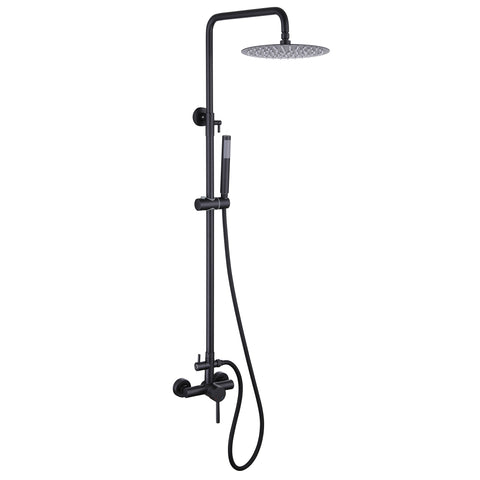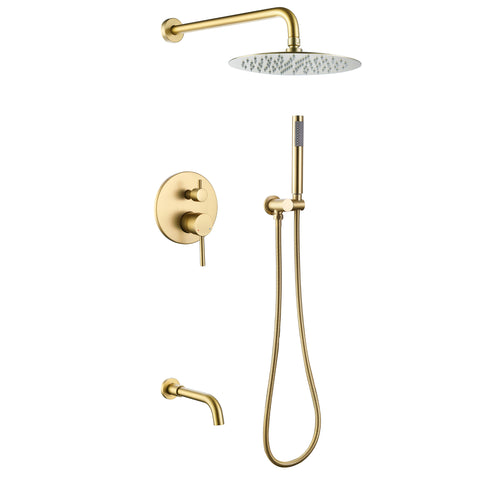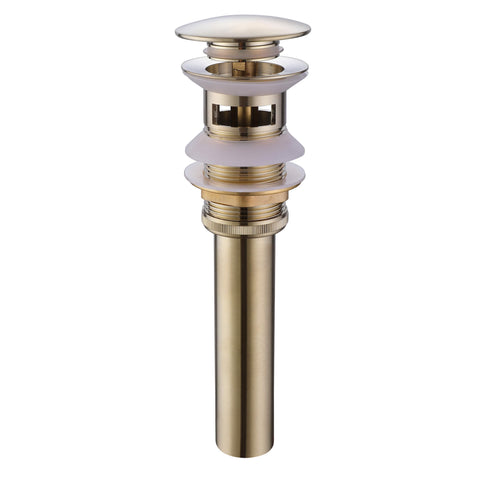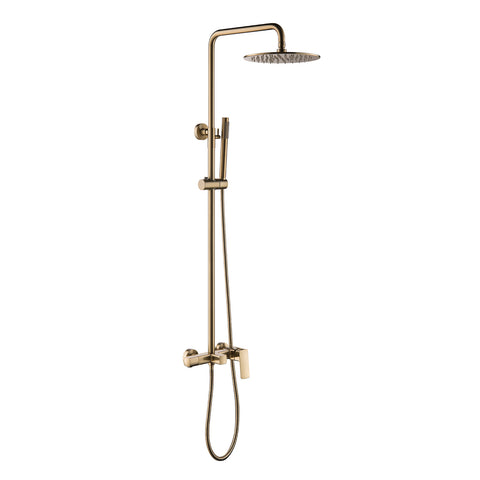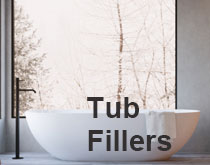How to Install a Kitchen Faucet: Step-by-Step Guide
Are you looking to upgrade your kitchen with a new faucet? Installing a kitchen faucet might seem like a daunting task, but with the right guidance and a few essential tips, you can transform your kitchen space and give it a fresh new look. In this blog post, we present an installation video of a kitchen faucet along with some crucial matters needing your attention during the installation process.
Installation Kitchen Faucet Video: A Step-by-Step Guide
Step 1: Gather Your Tools and Materials
Before you begin, make sure you have all the necessary tools and materials ready. You'll need:
- New kitchen faucet
- Adjustable wrench
- Plumber's tape
- Bucket or towels (for water spillage)
- Flashlight (if needed)
- Safety glasses
- Screwdriver (if required)
Step 2: Turn Off the Water Supply
Locate the water shut-off valves under the sink and turn them off. This step is crucial to prevent any accidental leaks or water damage during the installation.
Step 3: Remove the Old Faucet
Use an adjustable wrench to disconnect the water supply lines from the old faucet. Place a bucket or towels under the sink to catch any excess water. Then remove the mounting nuts holding the faucet and lift the old faucet out of the sink.
Step 4: Prepare the Sink
Clean the sink surface thoroughly to remove debris, old sealant, or mineral buildup. Apply plumber's tape to the water supply threads for a secure seal.
Step 5: Install the New Faucet
Follow the manufacturer’s instructions to install the new faucet, typically placing a gasket over the faucet holes and securing the faucet underneath the sink with mounting nuts.
Step 6: Connect the Water Supply Lines
Attach the hot and cold water supply lines to the corresponding inlets on the new faucet, ensuring tight and secure connections.
Step 7: Test for Leaks
Turn on the water supply and check for leaks around connections. Tighten connections as needed for a watertight seal.
Matters Needing Attention
Read the Instructions: Always refer to the manufacturer’s instructions as each faucet may have specific installation requirements.
Shut Off the Water: Always turn off the water supply before starting to avoid water damage.
Safety First: Wear safety glasses when working under the sink to protect your eyes from debris.
Proper Sealing: Apply plumber’s tape to threads to prevent leaks and ensure secure connections.
Check for Leaks: After installation, check thoroughly for leaks before completing the job.
Professional Help: If unsure, seek professional assistance to avoid potential installation issues.
Conclusion
Installing a kitchen faucet can be a rewarding DIY project that enhances your kitchen’s functionality and appearance. By following this step-by-step guide and keeping key tips in mind, you can achieve a successful installation with minimal hassle, ensuring a leak-free, beautiful faucet you’ll enjoy for years to come.
